The Role of Light in Architectural Design
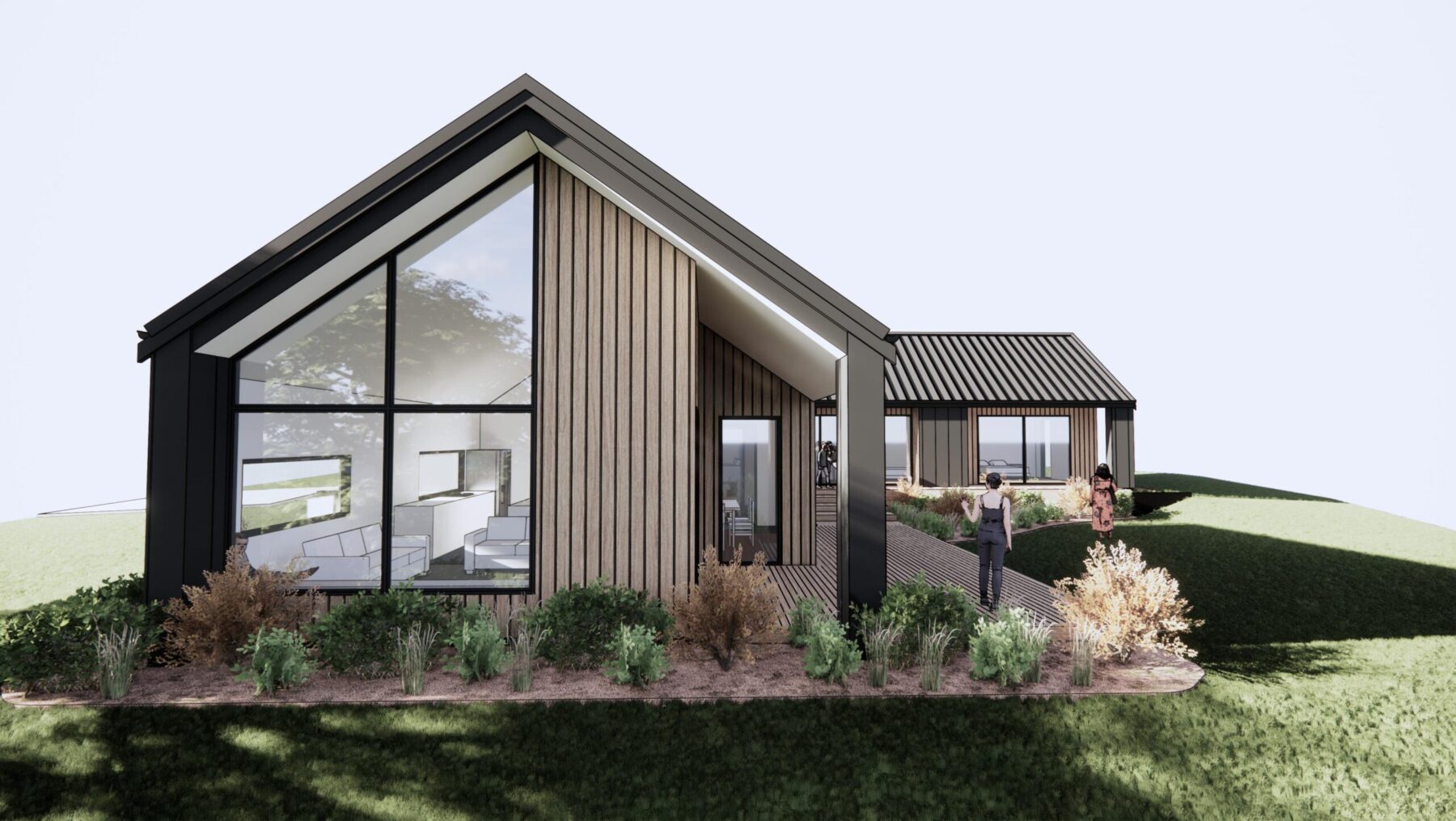
A Deep Dive into Aesthetics and Functionality.
Light, both natural and artificial, is a fundamental element in architectural design, influencing not only the aesthetics of a building but also its functionality. The thoughtful integration of light can transform spaces, enhance the user experience, and contribute to the sustainability of a structure.
Let’s explore how light shapes architectural design at Slate Architecture & Construction.
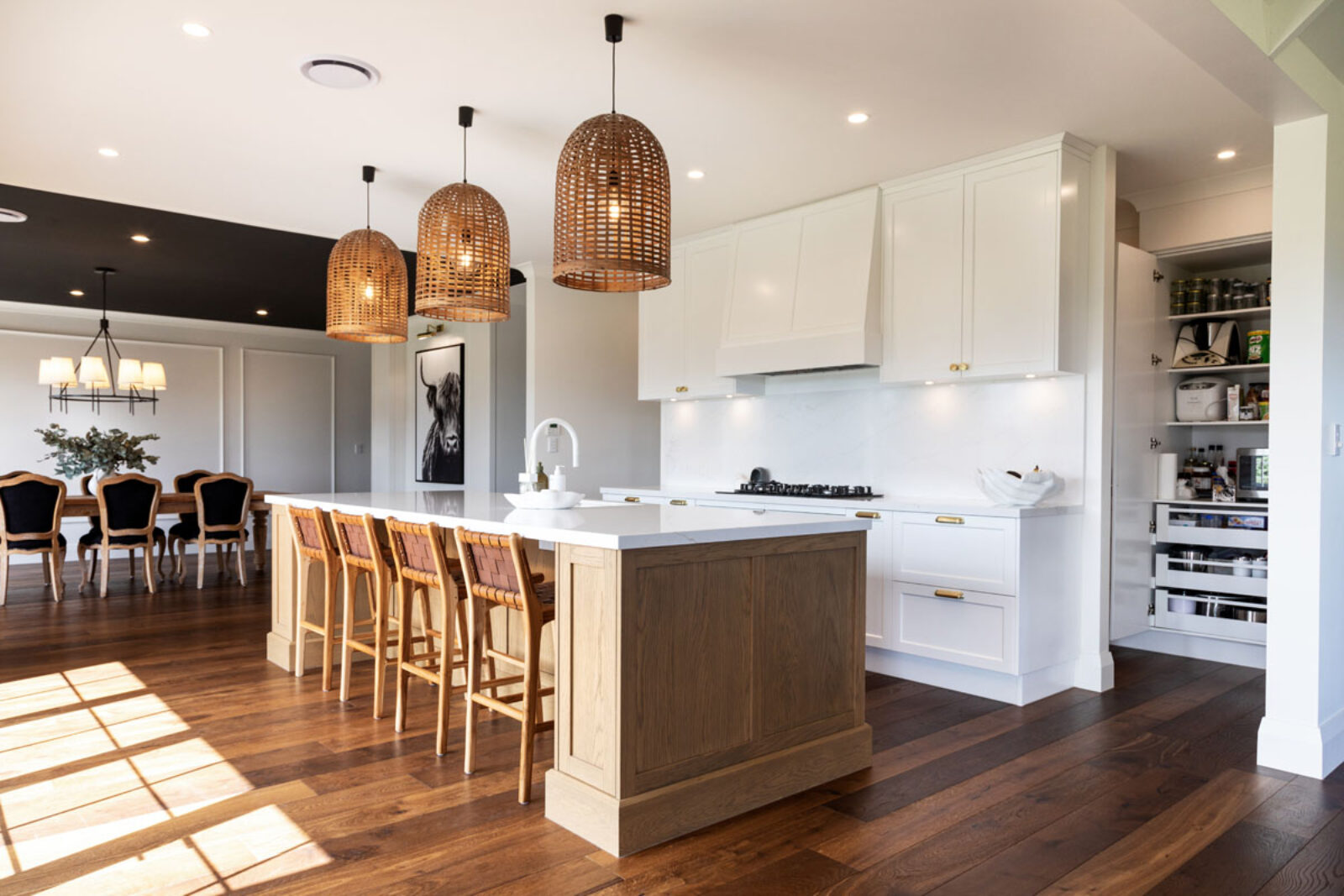
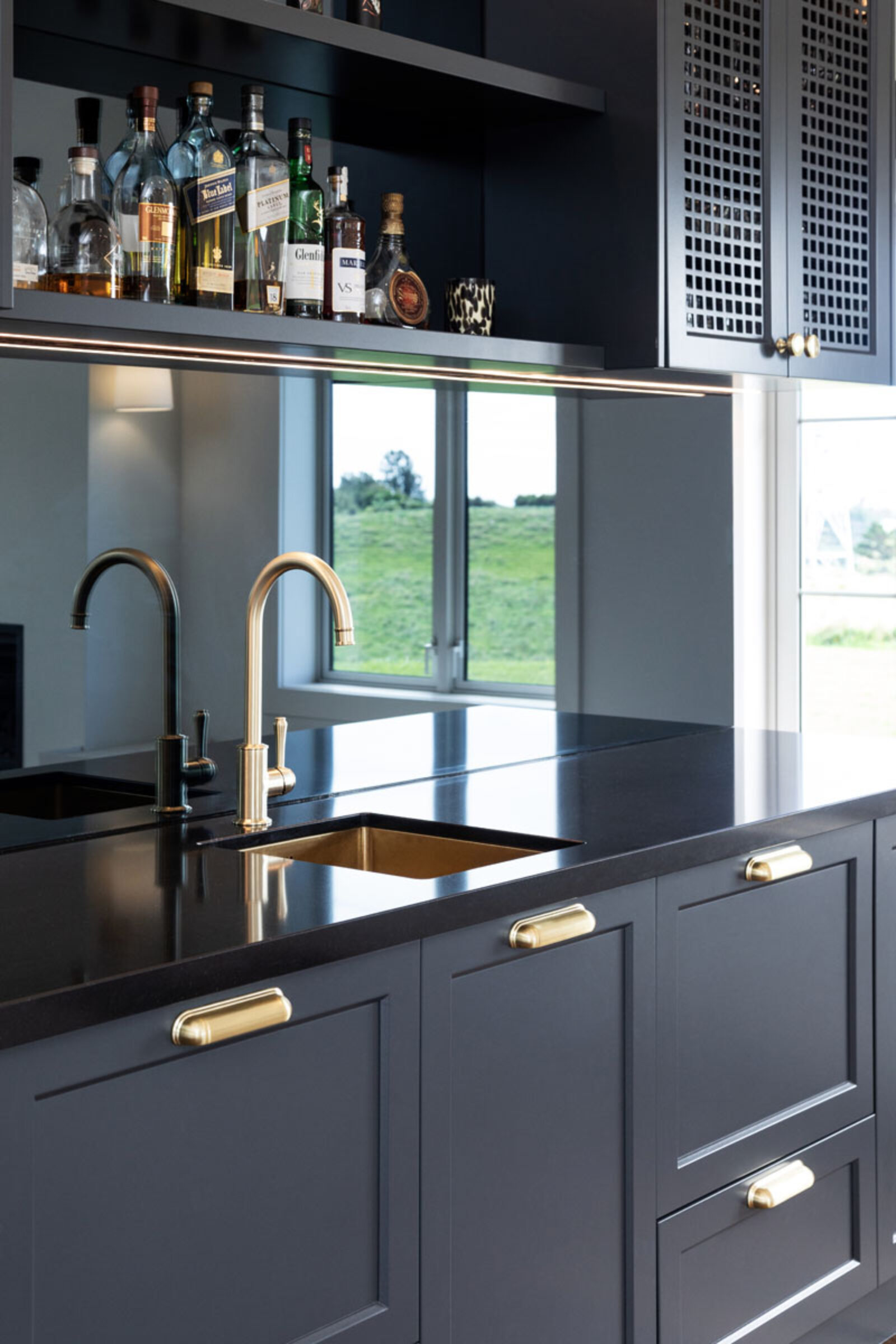
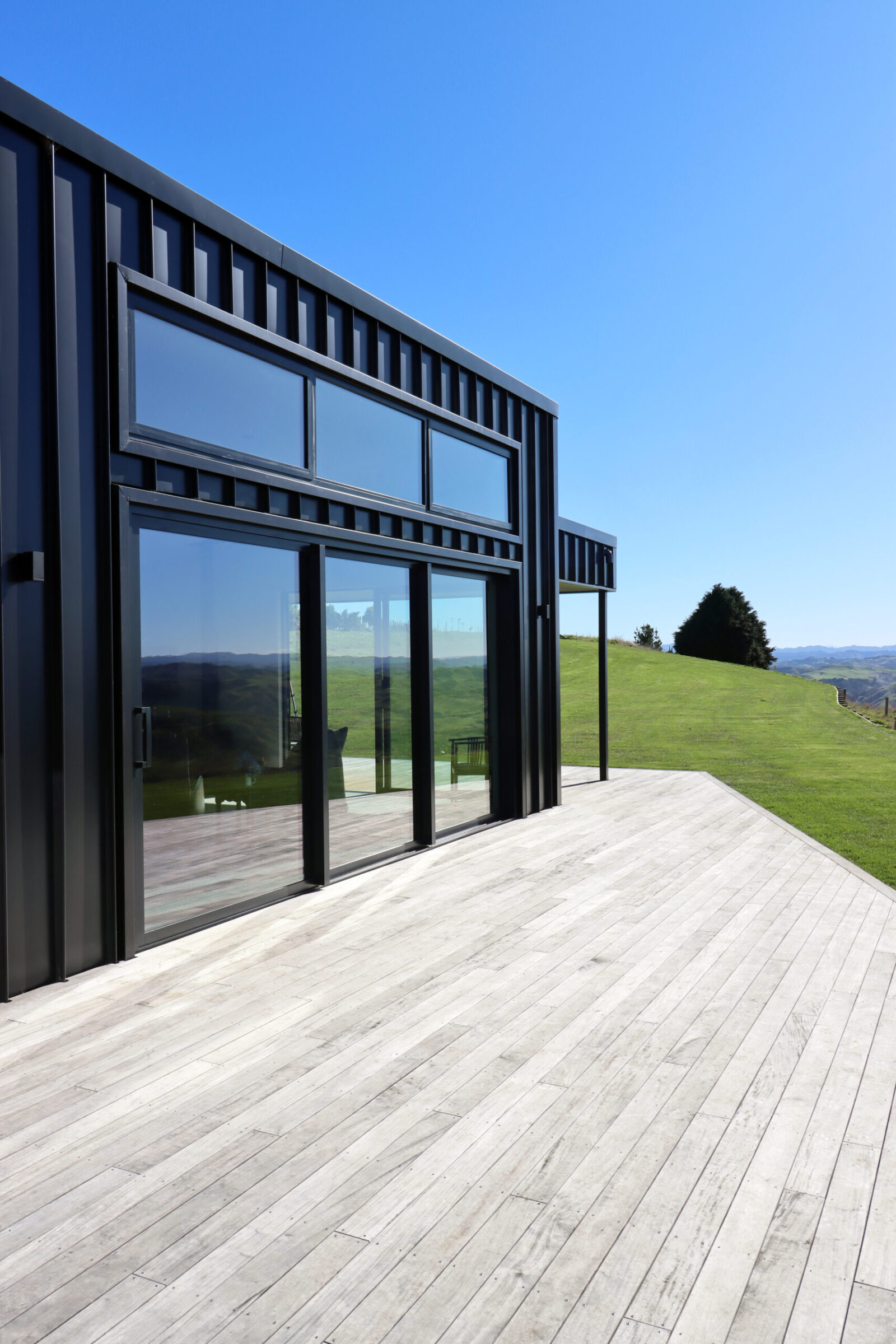


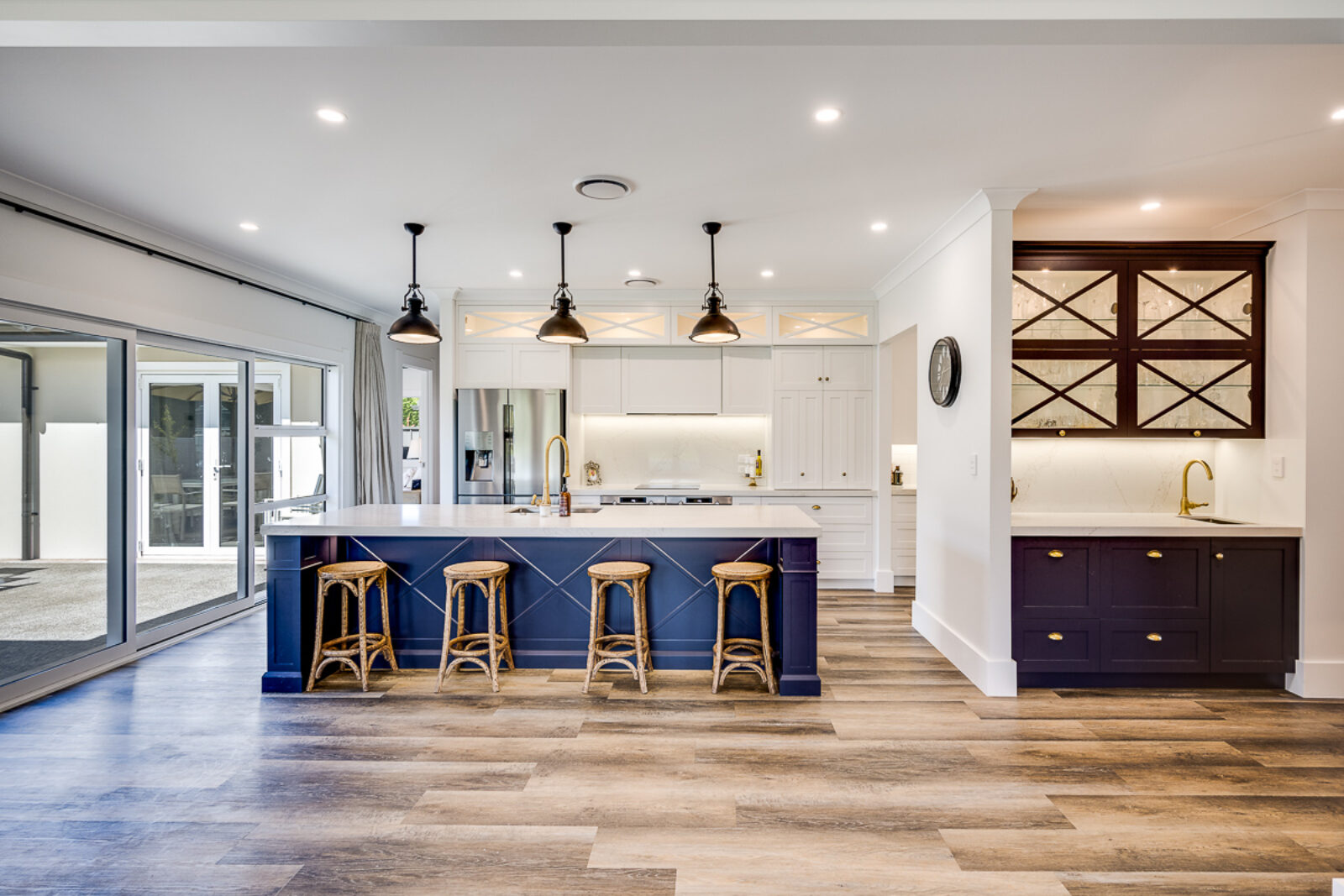
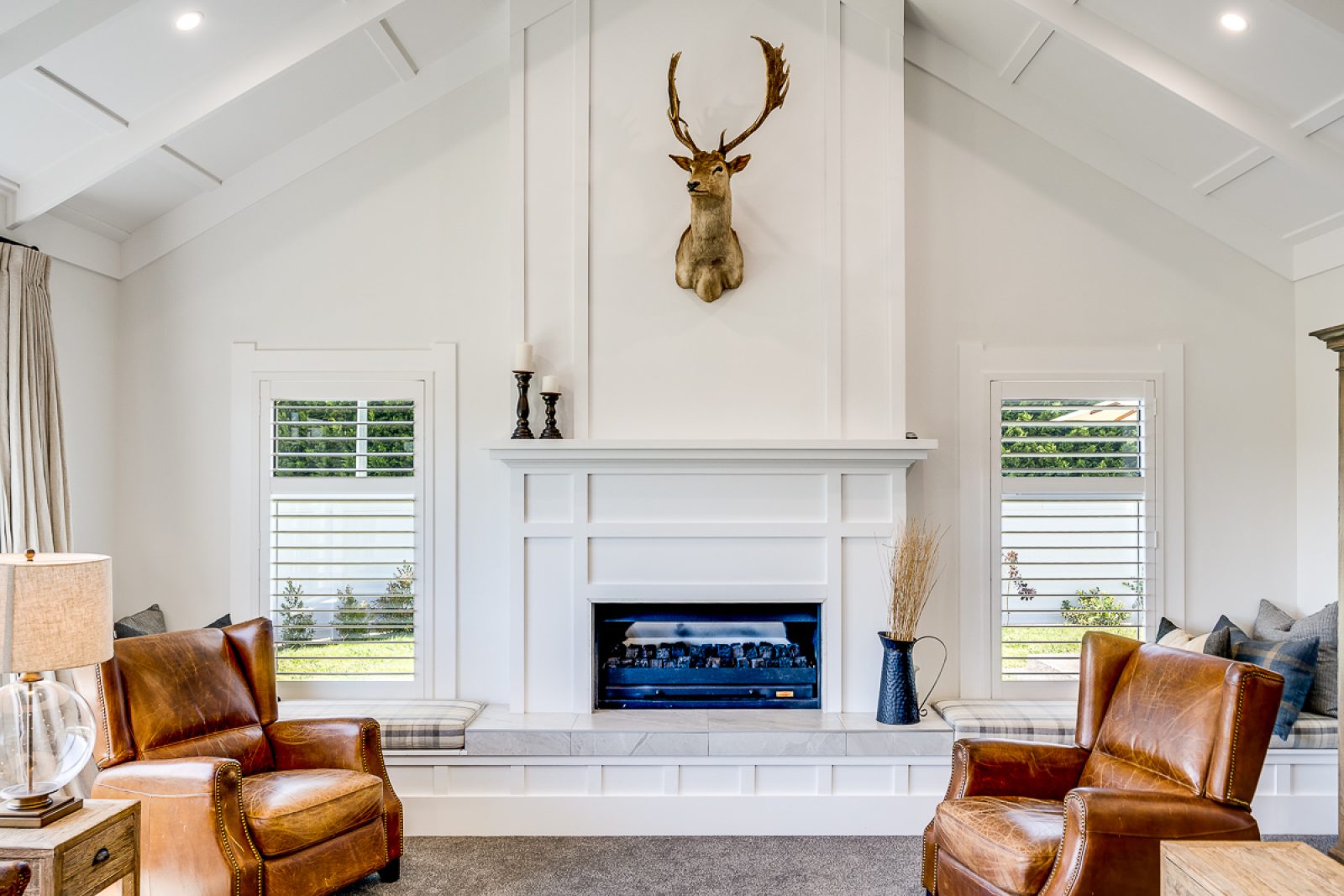
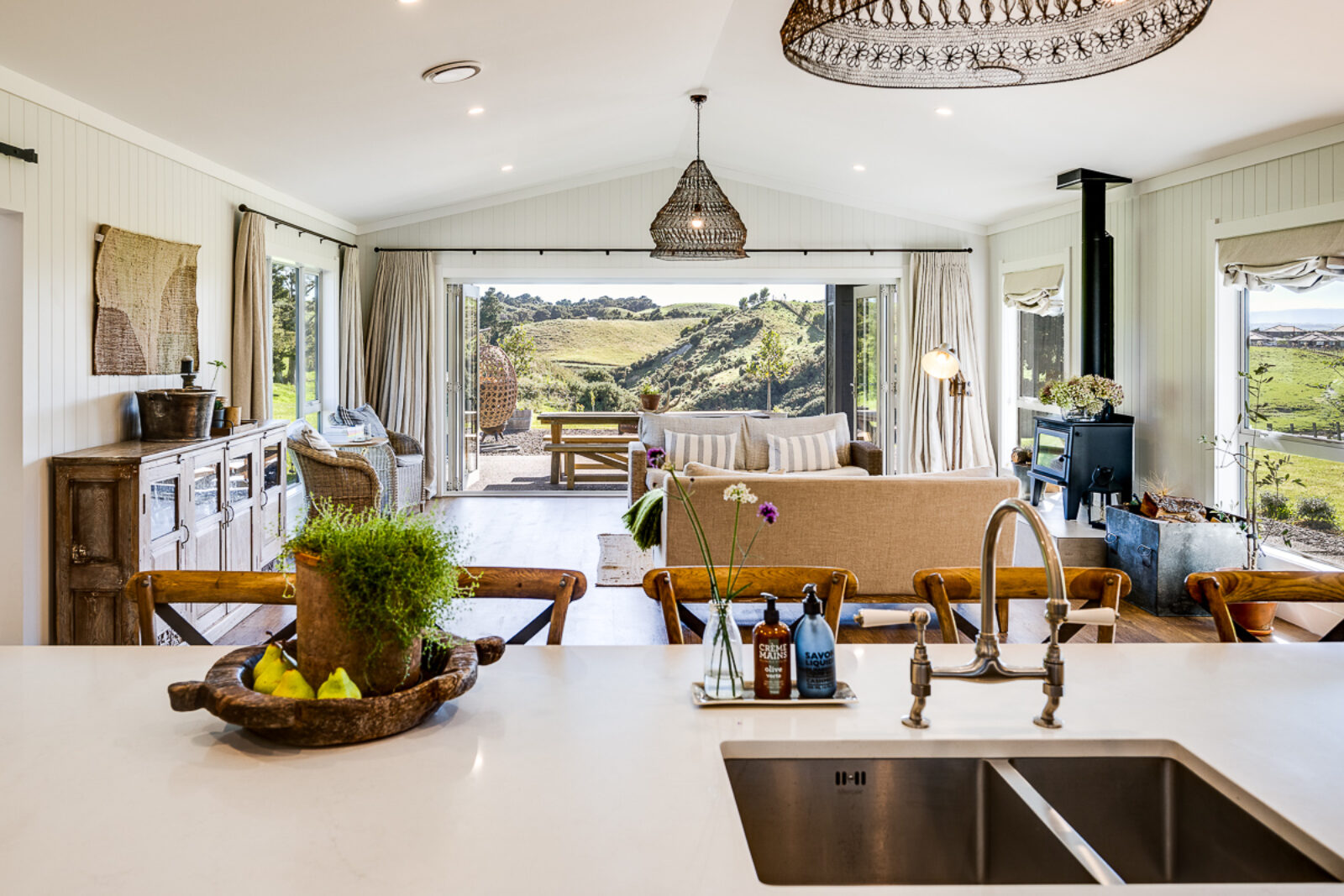

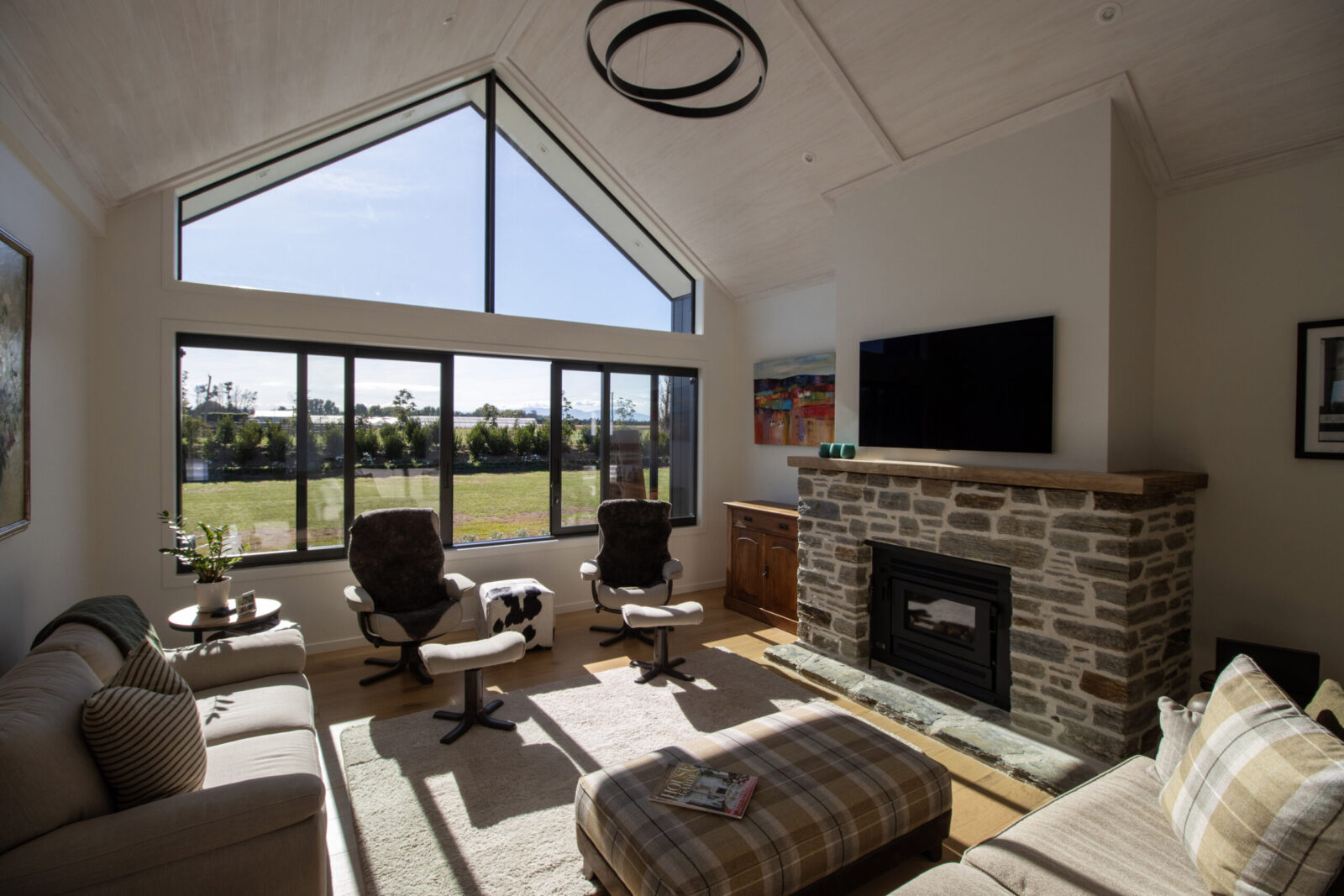

Natural Light: Harnessing the power of the sun.
Natural light has the unparalleled ability to bring life into a space. The interplay of sunlight and shadows can accentuate architectural features, create dynamic atmospheres, and influence the perception of space. For example, our design team at Slate Architecture & Construction emphasises the use of expansive windows and strategically placed skylights to flood interiors with natural light, creating bright and welcoming environments that change throughout the day.
Other examples include incorporating large glass facades and floor to ceiling glass sliding doors in our designs, ensuring that buildings are not only visually stunning but also harmoniously integrated with their surroundings. This connection to the outdoors enhances the aesthetic appeal and provides occupants with a constant visual connection to nature.
Beyond aesthetics, natural light plays a crucial role in the functionality of a building. Adequate daylight reduces the need for artificial lighting, significantly lowering energy consumption and operating costs. Slate designs buildings with sustainability in mind, optimising natural light to improve energy efficiency and create healthier living and working environments. Natural light has been shown to boost mood, increase productivity, and enhance overall well-being, making it a vital component in both residential and commercial spaces.
Artificial Light: Creating ambience and enhancing design with artificial light.
While natural light is essential, artificial lighting allows designers and architects to maintain control over the atmosphere regardless of the time of day. By utilising a variety of lighting solutions to create warm, inviting interiors that complement our modern, minimalist designs, we can then strategically place different types of lighting fixtures, such as pendant lights, wall mounted, and recessed lighting, to achieve a balanced and cohesive look that enhances the architectural features of your home.
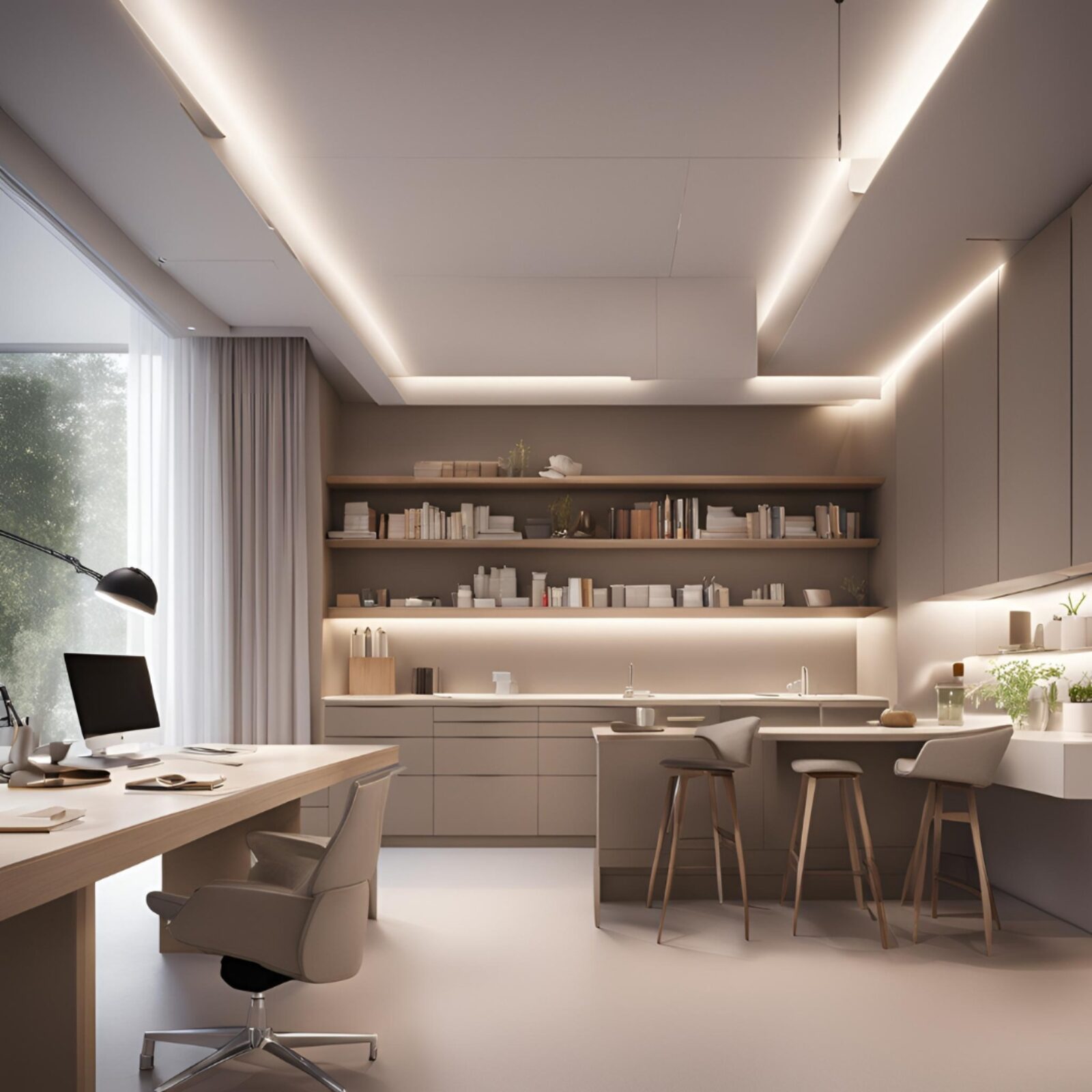
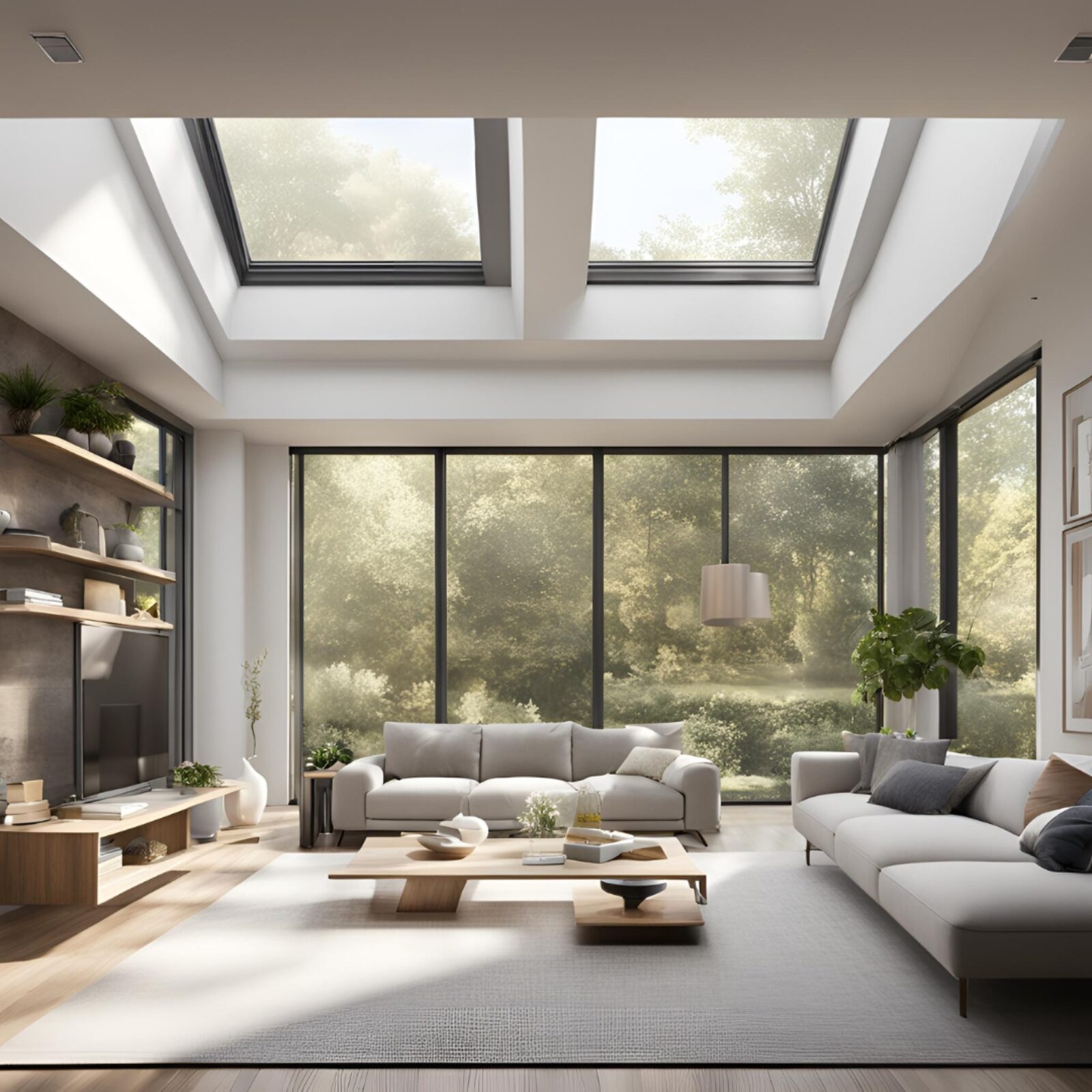
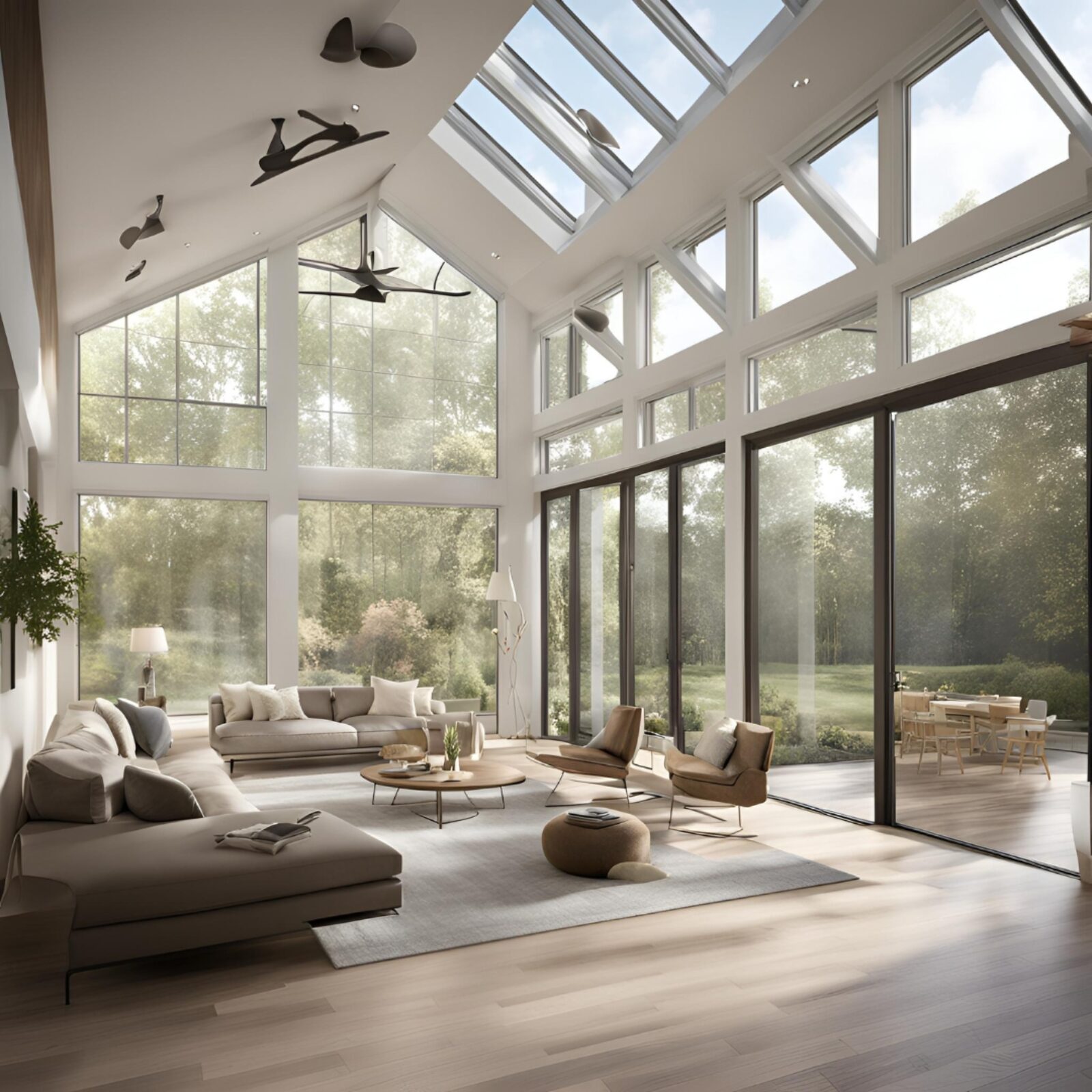


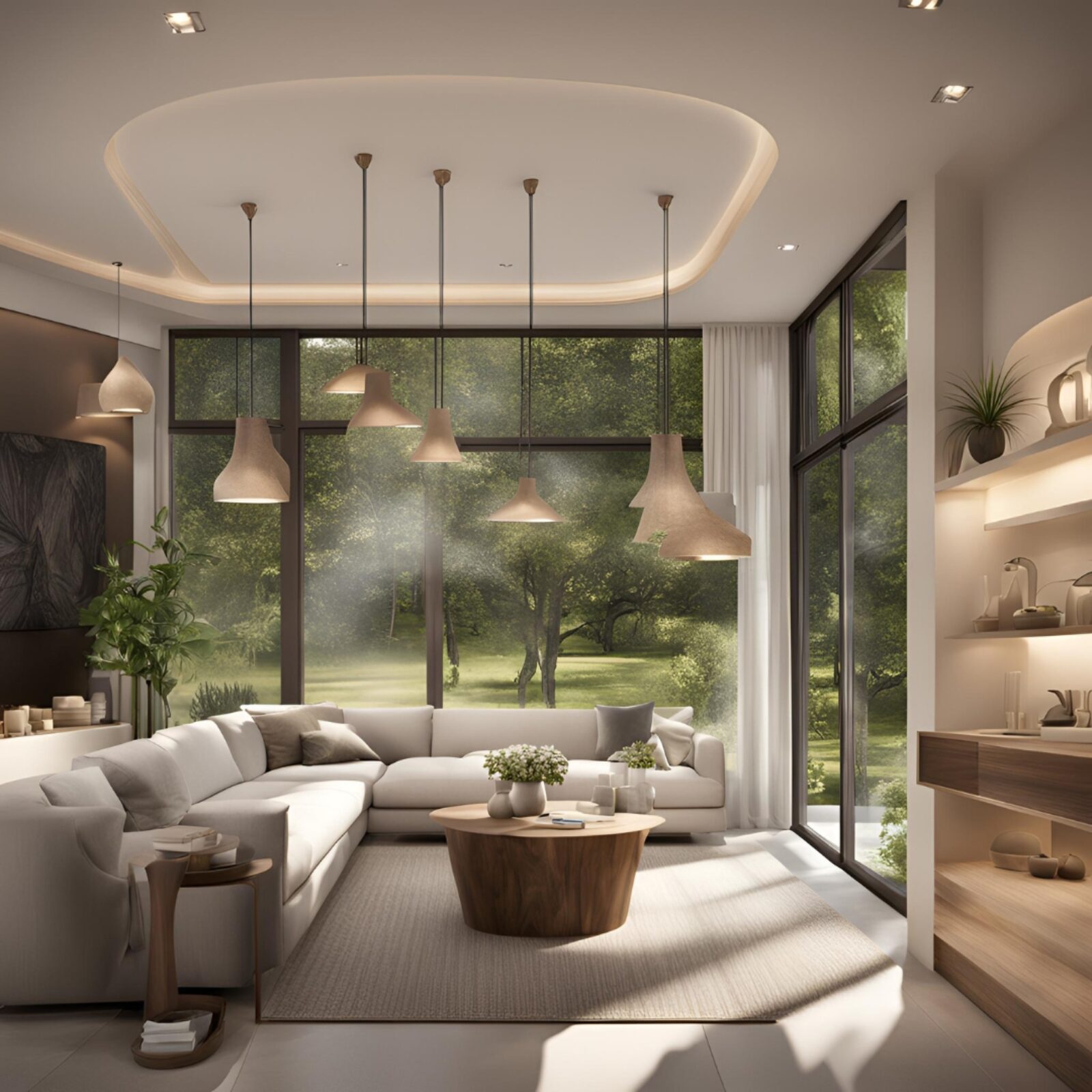
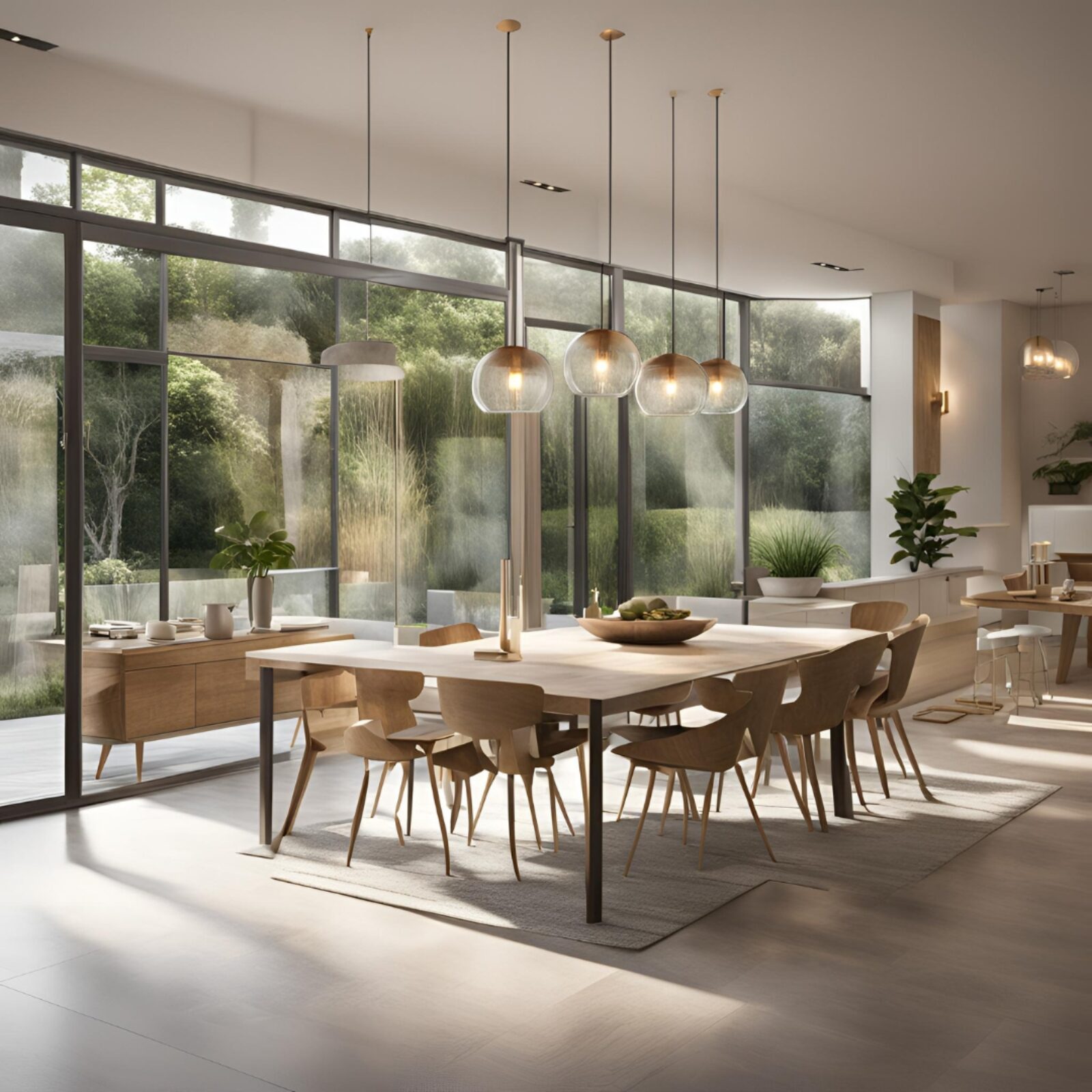
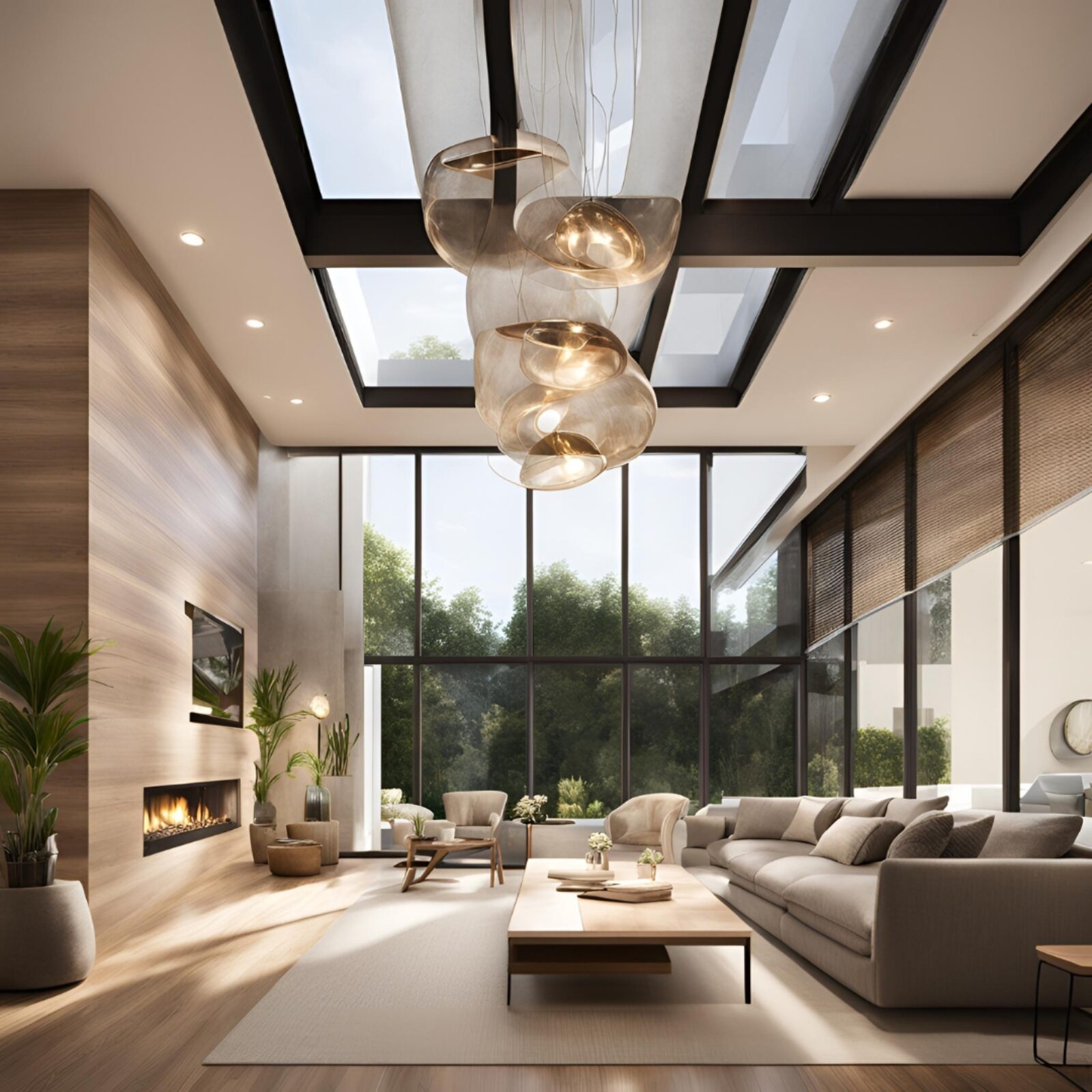
Functionality and Flexibility.
Artificial light also provides the flexibility to tailor lighting solutions to specific tasks and activities. For example, by incorporating adjustable lighting systems in your project, allows users to modify the intensity and direction of light based on their needs. This adaptability is particularly important in multifunctional spaces, such as kitchens and home offices, where adequate lighting is crucial for performing various tasks efficiently and comfortably.
Preventing Overheating and Maintaining Comfort.
While natural light is an essential element in architectural design, it’s crucial to strike a balance to prevent overheating and maintain occupant comfort. At Slate Architecture & Construction, we understand that excessive sunlight can lead to increased cooling loads, higher energy consumption, and an uncomfortable indoor environment.
To mitigate the risk of overheating, we employ several strategies when designing with natural light:
- Shading and Glazing Solutions: By incorporating external shading devices, such as louvers, overhangs, or adjustable shades, we can control the amount of direct sunlight entering the building. Additionally, we carefully select glazing materials with appropriate solar heat gain coefficients and thermal properties to regulate heat transfer.
- Orientation and Building Massing: During the design process, we consider the building’s orientation and massing to optimise sun exposure and minimise excessive heat gain. Strategically placed windows, courtyards, and building forms can help mitigate the impact of direct sunlight on interior spaces.
- Passive Cooling Strategies: Our designs incorporate passive cooling strategies, such as natural ventilation, thermal mass, and green roofs, to dissipate excess heat and reduce the reliance on mechanical cooling systems.
- Integrated Building Automation Systems: By implementing advanced building automation systems, we can actively manage and control the interplay between natural light, artificial lighting, and HVAC systems. This ensures that indoor environments remain comfortable and energy-efficient throughout the day.
Best Practices for Integrating Light in Design.
Effective lighting design requires careful planning and a deep understanding of how light interacts with different materials and surfaces. We at Slate Architecture & Construction emphasise the importance of considering the orientation of the building, the placement of windows, and the selection of materials that reflect or absorb light. This strategic approach ensures that spaces are not only well-lit but also visually cohesive and comfortable, striking the perfect balance between natural and artificial light.
Final Remarks.
The role of light in architectural design cannot be overstated. From enhancing the beauty of a building to improving its functionality and sustainability, both natural and artificial light are integral to successful design. Through thoughtful integration of light, we can transform ordinary structures into extraordinary environments that inspire and uplift those who inhabit them.
Some excellent resources for further musing:
Alcon Lighting. (2023). Lighting Design, What is Architectural Lighting?
Faro Barcelona (2024). Lighting Techniques, The Importance of Light in Architecture: Uses and Planning.
Arch Daily (2023a). Articles, What is Human Centric Lighting?
Arch Daily (2023b). Articles, Between Light and Shadow: Exploring Lighting to Create Atmospheres in Architecture.